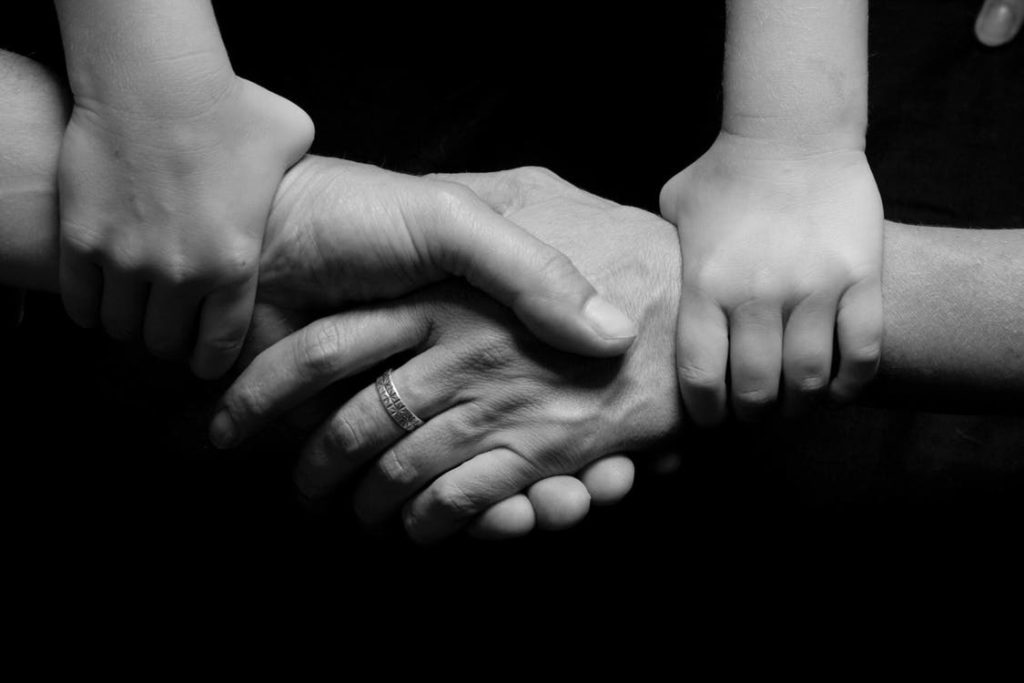Historically, the family courts have always presumed that contact is in the best interests of the child. Following years of domestic violence perpetrated on women and children by absent parents who were granted contact orders, a report published in 2006 recommended a change to judicial practice in moving away from the presumption of contact to contact that is safe and positive for the child. There followed the issuing by the President of the Family Division in 2008 of Practice Direction 12J – Child Arrangements and Contact Order: Domestic Violence and Harm. In 2010, this was substantially revised to contain a wider definition of domestic abuse that emphasizes coercive control. It directs courts to consider a range of ways in which domestic abuse may be evidenced. It requires courts to ensure that where domestic abuse has occurred, any Child Arrangements Order protect the safety and wellbeing of the child and the parent with care and is in the best interests of the child.
In 2014, the Children and Families Act introduced a new provision into s.1 of the Children Act 1989 relating to the presumption of parental involvement in a child’s life will further the child’s welfare. In the same year, changes to legal aid created new evidentiary requirements for qualification relating to victims of domestic abuse significantly reducing the number of people qualifying. In 2016, following a parliamentary hearing and a report by Women’s Aid applying pressure on the judiciary to end the presumption of parental involvement, reforms were announced to be introduced in the family courts by way of amendments to Practice Direction 12 J. The key change was in scrapping the presumption of contact where involvement of an abusive parent in a child’s life would place the child or other parent at risk of harm. The meaning of what constitutes domestic abuse was also widened. The New Practice Direction 12 J was issued and has been operative since 2.10.17.
The purpose of the Practice Direction is to set out what the court is required to do in any case in which it is alleged or admitted, or there is other reason to believe, that the child or a party has experienced domestic abuse perpetrated by another party or that there is a risk of such abuse. Physical abuse is pretty easy to detect but emotional abuse suffered by many parents, can remain dormant and undetectable for many years. Almost all parents will have suffered some level of emotional abuse during the course of their relationship and the consequent effect of widening the definition of what constitutes ‘abuse’ has meant that a greater number of applications to the court for Child Arrangement Orders will have an element of domestic abuse issues which need resolving before any final orders are made. So how does this impact mothers and fathers?
Historically, women have been subjected to abuse but women on men abuse also exists yet un documented and more commonplace than it seems. For the purposes of this article, we will assume historical trends of men on women abuse but the rules are applicable to both genders.
A mother leaving what she believes is an abusive relationship will receive much re-assurance from Practice Direction 12 J that the court will fully investigate the allegations before making any final orders. Indeed, the initial involvement of Cafcass and possible involvement of the Child Protection Team of any Local Authority will inevitably trigger background, social and personal checks of the perpetrator resulting in a delay in making any order. Whilst this may not bother a mother, it will increasingly frustrate a father who has not had any contact with his child since the party’s separation. Children with no contact with absent parents are at increasing risk of being manipulated by the care giver and what absent parents would call ‘brainwashing’ of the child. This creates further hostility between parents and in an attempt to ‘protect’ the child, both parents can ultimately cloud their own judgement and decision making abilities as to what is actually in the best interests of the child. There then continues the tug of war of love.
There is no doubt that separating parents face tremendous hardship especially where children are concerned and in a state of heightened emotions can use the children as leverage. But parents must use their every effort to put aside their differences and place the child’s interests first and that is best served by having both parents in his life with the exception of an abusive parent. So mothers should be comforted to know that there are provisions in the law to protect them and the children against abusive fathers but if abuse is not proven, then the law presumes the involvement of both non abusive parents in a child’s life for a reason. And fathers against whom abuse is alleged must accept it is the court’s duty to investigate this before any final orders can be made. Ultimately if it is not proven then mothers hostility towards allowing any time with the children can be viewed as not serving the child’s best interests with a resultant order allowing time with them. In the absence of any agreement between parents, the legal process must be followed if we are to place our children’s welfare first and foremost above all else.
If you need any further advice in connection with this or any other family matter, please contact our family solicitor by email at sbutt@freemanharris.co.uk.


